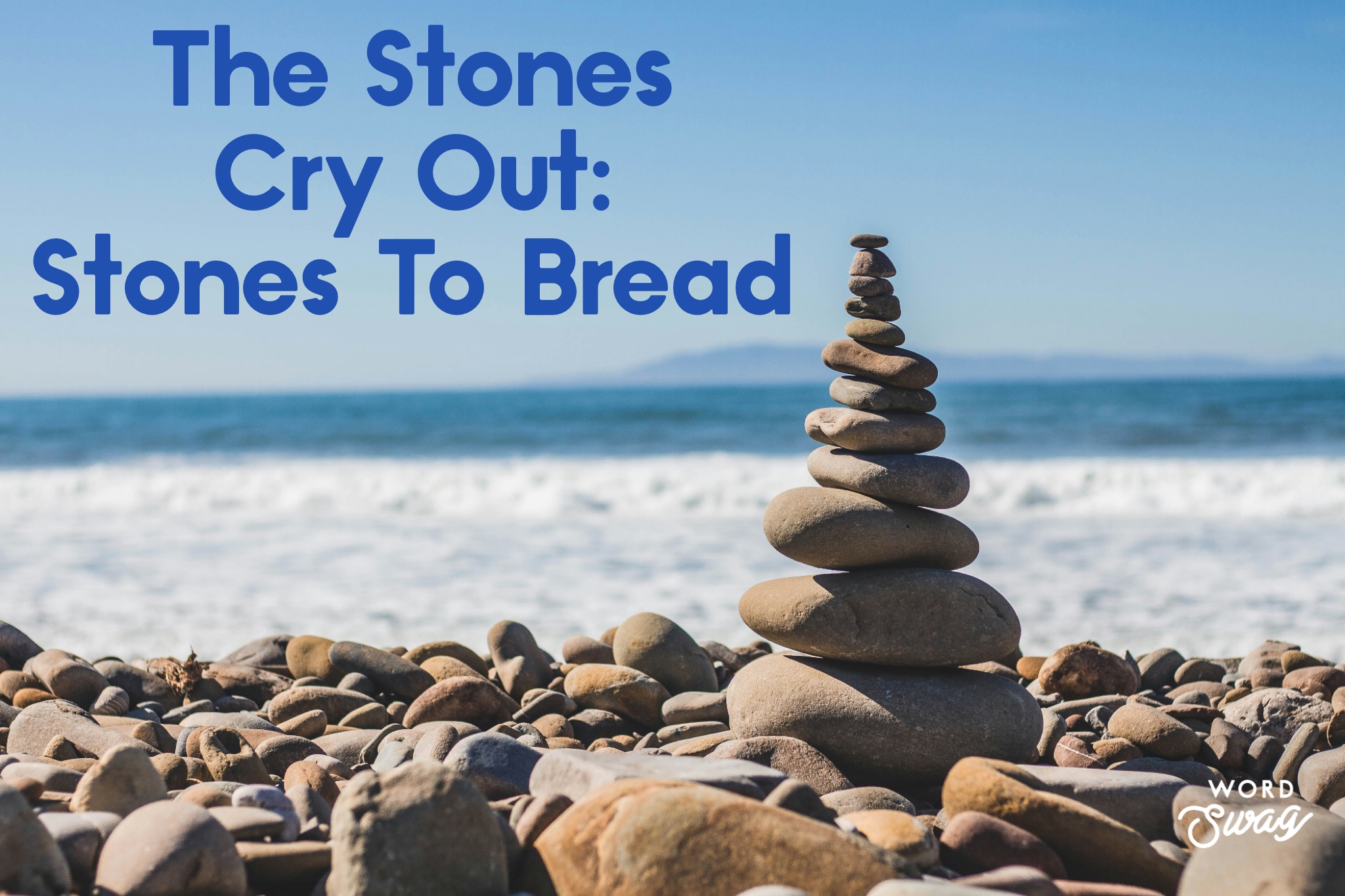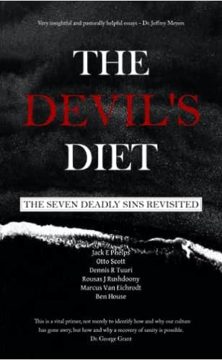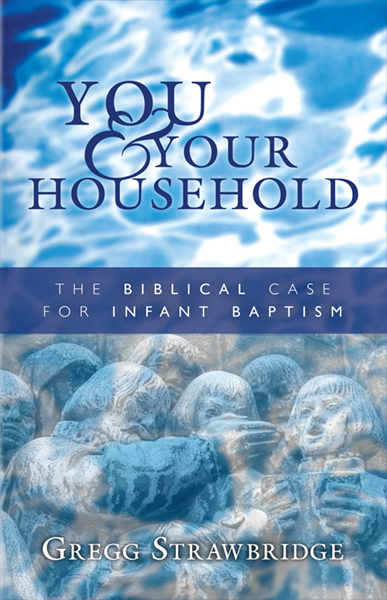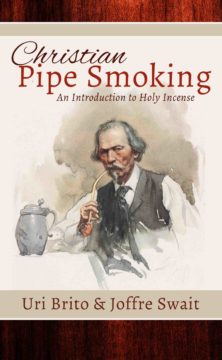A Maundy Thursday Meditation
Immediately after Jesus’ baptism, the Spirit leads Jesus into the wilderness to be tested by the devil. The first temptation the devil throws at Jesus after his forty days of fasting is, “If you are the Son of God, command this stone to become bread” (Lk 4:3). Jesus isn’t into parlor tricks, nor does he grasp for life within the creation itself in disobedience to his Father’s word. The devil is offering Jesus something before the time he is supposed to have it. Jesus knows not to grasp this prematurely. However, the stones will become bread; or better, the Stone will become bread.
At the Passover before his death, Jesus takes bread, blesses it, breaks it, and gives it to his disciples, proclaiming, “This is my body.” A few days before, on Palm Sunday, Jesus rode into Jerusalem to praise from the crowds, singing, “Blessed is the King who comes in the name of the Lord!” This chorus was drawn from Psalm 118. We know that they sang more of the Psalm because the other Gospels record more being sung. They may have sung the whole Psalm. No matter how much of the Psalm they sang, the context of the whole Psalm comes to bear on the parts recorded in the Gospels. The Psalm 118 worshiper prays, “Save us now, we pray,” or “Hosanna.” God answers that prayer and becomes his salvation by making him the chief cornerstone. He is the stone that the builders rejected, but God makes him the head of the corner or the cornerstone of God’s house.
The stone that the builders rejected is the son of David, who, as we know, is Jesus. At this Passover, the institution of the Lord’s Supper, the Stone proclaims that he is bread. The Stone becomes bread, not as a magic trick to impress, but as nourishment for his people and all creation.
This stone-bread cries out at this Supper. Jesus told his disciples, “This is my body which is given for you; do this as my memorial.” In Scripture, memorials are like “solid prayers,” objects upon which God looks and remembers his covenant. The rainbow after the flood was such a memorial. The blood on the doorposts at the time of the Passover and the day of the Passover was a memorial. The Lord’s Supper is a memorial.
Memorial’s cry out, “Remember your covenant, O God.” Jesus says that his body, this stone-become-bread, is a memorial before God. The stones are crying out like Jesus said they would on Palm Sunday.
Jesus’ body is stone bread that cries out. His body, sacrificed on the cross, turned to bread, cries out. But we, the church, are also the body of Christ, living stones built into a house of the Spirit (1 Pt 2:5). We are living stones made bread for one another. We are made to give ourselves in love to others for their eternal health.
On this night, Jesus commanded, “Love one another as I have loved you.” Love is stones turned to bread. What does this look like? It is evident in the words we speak to one another. Are they words of grace for building up one another? Or do we lie and manipulate one another, trying to get the advantage over the other person? It is evident in our attitudes toward one another. Are we longsuffering and forgiving of each other? Or do we hold bitterness and resentment, refusing to let things go? Do we give one another freedom, allowing them to be themselves and live their lives? Or do we have unrealistic expectations and demands on others so that they must love you only under your unreasonable demands, crushing their spirits and creating a sickly relationship? The first is life-giving bread. The second is bread turned to stone to beat down and kill.
Church of Jesus Christ, love one another as Christ has loved you.
In the name of the Father, and of the Son, and of the Holy Spirit.















